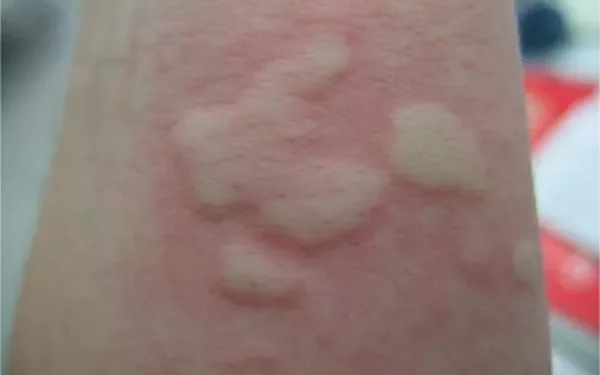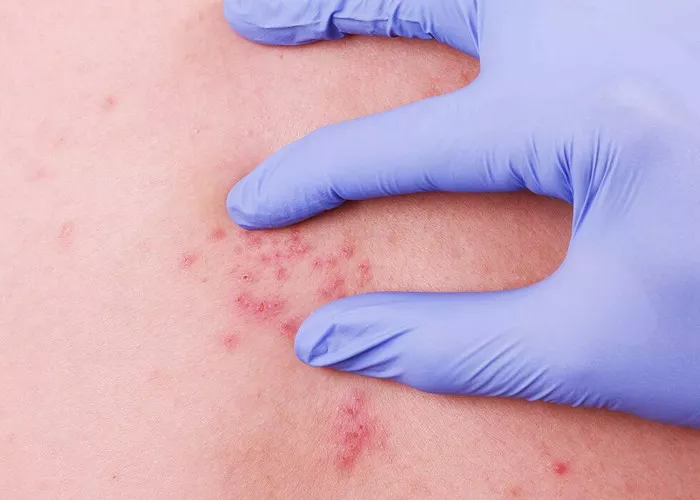Histamine plays a crucial role in the body’s immune response and is involved in various physiological processes. However, when histamine levels become elevated, it can lead to uncomfortable symptoms, including hives (urticaria). This article explores the relationship between high histamine levels and hives, providing a comprehensive overview of histamine’s functions, the impact of high histamine on the body, and strategies for managing elevated histamine levels.
SEE ASLO: What Causes Spontaneous Chronic Urticaria
Histamine Basics
Histamine is a biogenic amine that is naturally present in the body. It is produced and stored primarily in mast cells and basophils, which are types of white blood cells. Histamine plays several important roles in the body:
Immune Response: Histamine is released during allergic reactions and helps the body fight off perceived threats by increasing blood flow to affected areas and enhancing the permeability of blood vessels. This allows immune cells to reach the site of infection or allergen more effectively.
Regulation of Gastric Acid: In the stomach, histamine stimulates the production of gastric acid, which is essential for digestion.
Neurotransmitter Functions: Histamine acts as a neurotransmitter in the brain, where it regulates various functions such as wakefulness, appetite, and mood.
Histamine and Allergies
In response to allergens (such as pollen, pet dander, or certain foods), the immune system triggers the release of histamine. This release is part of the body’s defense mechanism but can lead to various allergic symptoms. When histamine is released into the bloodstream, it binds to histamine receptors on various cells, leading to:
Vasodilation: Expansion of blood vessels, causing redness and swelling.
Increased Permeability: Leakage of fluid from blood vessels into surrounding tissues, resulting in swelling and itching.
Stimulated Nerve Endings: This can cause itching and discomfort.
High Histamine and Hives
Hives, or urticaria, are characterized by raised, itchy welts on the skin. They can vary in size and often appear suddenly. High histamine levels can play a significant role in the development of hives. When histamine is released in excessive amounts or if the body is unable to break it down efficiently, it can lead to the following:
Increased Vascular Permeability: High histamine levels can cause more significant leakage of fluids from blood vessels, leading to the formation of hives.
Activation of Sensory Nerve Endings: Elevated histamine can intensify itching and discomfort associated with hives.
Immune System Overreaction: Conditions that cause chronic high histamine levels may lead to a persistent state of immune activation, contributing to recurrent hives.
Triggers for High Histamine
Several factors can contribute to elevated histamine levels in the body, including:
Foods: Certain foods are high in histamine or can trigger the release of histamine. These include aged cheeses, cured meats, fermented foods, and alcoholic beverages.
Medications: Some medications can increase histamine levels or trigger histamine release. These include certain antibiotics, non-steroidal anti-inflammatory drugs (NSAIDs), and opioids.
Medical Conditions: Conditions such as mastocytosis (a disease involving excessive mast cells) or histamine intolerance can lead to chronically high histamine levels.
Symptoms of High Histamine
High histamine levels can manifest in various ways, including:
Skin Symptoms: Hives, itching, and redness.
Gastrointestinal Symptoms: Abdominal pain, diarrhea, and nausea.
Respiratory Symptoms: Runny or stuffy nose, sneezing, and difficulty breathing.
Neurological Symptoms: Headaches, dizziness, and fatigue.
Managing High Histamine
Effective management of high histamine levels involves a combination of dietary, lifestyle, and medical approaches:
Dietary Changes: Avoid foods that are high in histamine or known to trigger histamine release. Maintaining a diet low in histamine can help alleviate symptoms.
Lifestyle Adjustments: Implementing stress-reduction techniques and ensuring adequate sleep can help manage symptoms. Avoiding known triggers and allergens is also important.
Medical Treatments: Antihistamines are commonly used to reduce histamine levels and alleviate symptoms. In cases of severe histamine intolerance, medications such as mast cell stabilizers or enzyme supplements may be recommended.
Conclusion
The link between high histamine levels and the occurrence of hives is a crucial aspect of understanding how allergic reactions manifest in the body. Histamine’s role in dilating blood vessels and causing fluid leakage under the skin directly leads to the formation of hives, making it a central factor in this condition. Managing histamine levels through diet, medication, and lifestyle adjustments can significantly reduce the frequency and severity of hives, offering relief to those who suffer from them. Additionally, identifying and avoiding triggers that cause histamine release is essential in preventing outbreaks. For individuals with chronic hives, working closely with a healthcare provider to develop a personalized treatment plan is vital. This approach not only addresses the symptoms but also helps to improve overall well-being. Understanding the connection between histamine and hives empowers individuals to take control of their condition, leading to better management and a higher quality of life.
Related Topics:


























